Hahahahahahahahahaha! Are you high!? Explaining anything about Evangelion is like trying to hit a an S2 engine inside a constantly revolving AT field on your first shot with an experimental sniper rifle that uses all the electrical power of Japan! Ok, maybe its not quite that hard, but we’re going to try and explain the goings on in Evangelion: 3.0+1.01 Thrice Upon a Time as best we understand it, how it reflects and echoes the themes of the original Evangelion TV series, the previous redo of the ending, and what this all might really mean for creator Hideaki Anno and the Evangelion project in future.

If you already know the background to the world of Evangelion click here to jump to the ending of Evangelion: 3.0+1.01 Thrice Upon a Time.
What (is) Neon Genesis Evangelion?
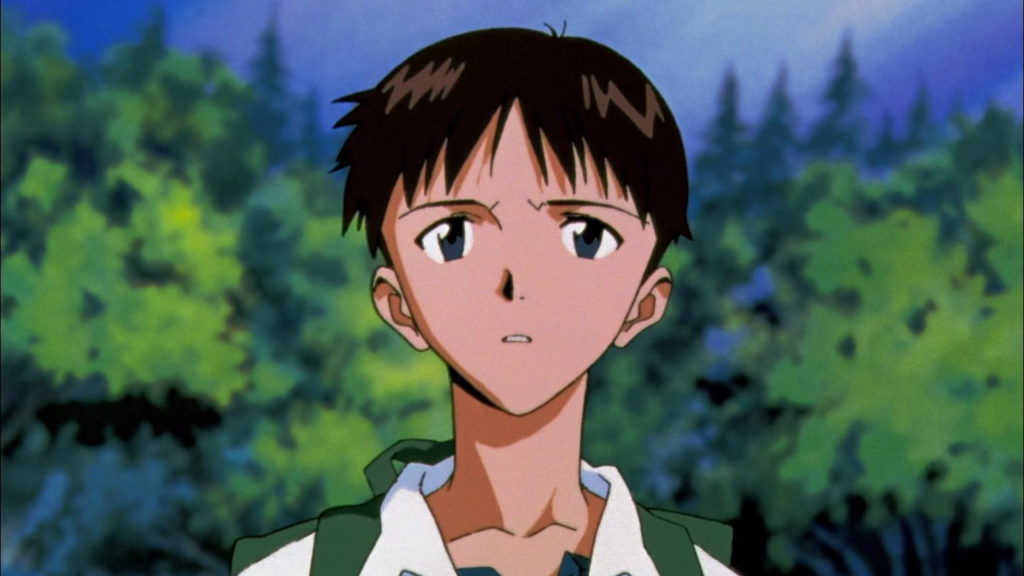
Before we can get into Evangelion: 3.0+1.01 Thrice Upon a Time, we need to go back to previous versions for some much needed background.
Neon Genesis Evangelion is an anime TV series created by Hideaki Anno that ran for one, 26 episode season, from 1995 to 1996. In it, schoolboy Shinji Ikari was inducted into NERV, an agency set up to fight giant kaiju-like beings called Angels. Along with other pilots, including the mysterious Rei Ayanami and the brash Asuka Langley Soryu, Shinji was forced to fight the angels using a giant humanoid fighting machines called Evangelions or EVAs. So far so anime right?
Not quite.
These giant “robots” (yeah I know, not robots) had TEETH, and that was just the beginning of the surpirses.
More than almost any other giant mecha/robot show NGE showed the experience of piloting an Eva and just being part of NERV, to be a tremendously traumatic experience. The pilots could feel the injuries visited upon their EVAs and Shinji was put through the wringer multiple times, both inside and outside of his EVA, dubbed Unit-01. He was forced to deal with the stress of recurring Angel attacks, as well as the almost complete indifference of his father, head of NERV Gendo Ikari. Oh, and he also had to handle the stress knowing that if he or the other pilots failed to defeat the regular angel attacks, it would trigger the end of all humankind, and no one ever really told him what the hell was going on.
God Is in His Heaven and All’s Right With the World
As the series progressed, it was revealed that NERV was an agent of SEELE, a shadowy cabal dedicated to bringing about the “Human Instrumentality Project.” All the events of the series had apparently being described in what SEELE called the “Dead Sea Scrolls,” which SEELE planned on following to the letter in order to bring about instrumentality. Shinji and the EVAs were key to that project (more on this later). Also important were AT fields, which the EVAs and Angels used to protect themselves, but were also revealed to be the barriers that separate human hearts/souls from each other.
After an ending that dismayed many fans at the time, but which looks a hell of a lot lot more impressive now, Anno returned with a different take on the ending in the movie The End of Evangelion (which was also a part of a summary of the series in Neon Genesis Evangelion: Death and Rebirth).
Since then, Anno has returned once more to the series with the “rebuild,” or New Theatrical Edition, versions of the series. Evangelion: 1.11 You Are (Not) Alone and Evangelion: 2.22 You Can (Not) Advance retell some of the major events of the TV series, in a condensed manner, while Evangelion: 3.33 You Can (Not) Redo and Evangelion: 3.0+1.01 Thrice Upon a Time, depart wildly from the original storyline, while staying true to the subjects and themes Anno has been using throughout the series.
Okay, But What’s Evangelion (Really) About?
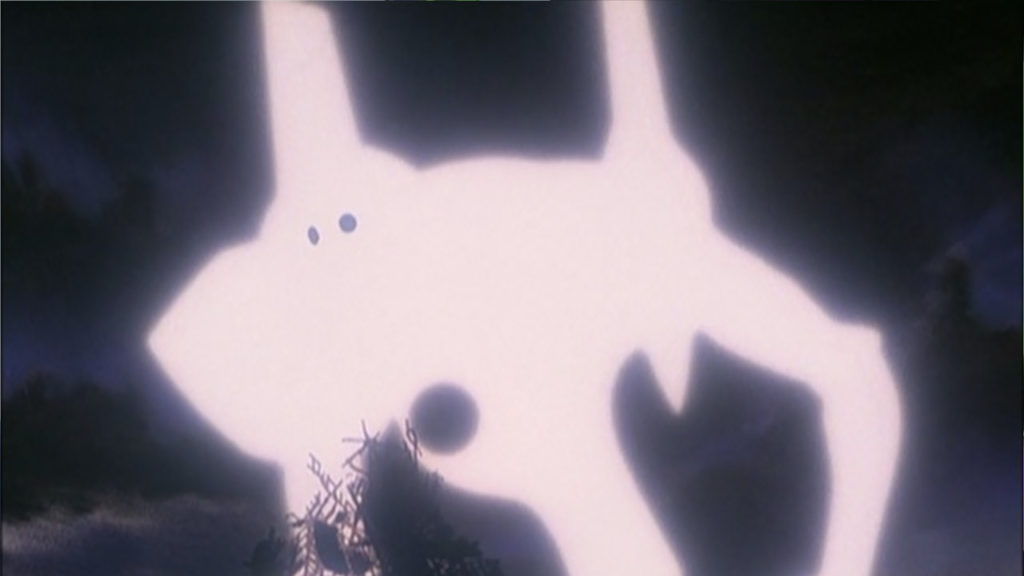
The background to SEELE’s plans (it isn’t really all that clear in the TV series) is that godlike beings called the First Ancestral Race originally seeded the galaxy with life, with humans and Angels being the results of two of those “seeds.”
Each seed consists of a “being,” and comes with a “moon” and a spear to control the seed.
Humans are the progeny of a seed called Lilith and the Black Moon, which is a “Fruit of Knowledge” type seed. Angels are crated from Adam which is a “Fruit of Life” seed. Life created with the fruit of knowledge, like humans, are relatively weak, comparatively speaking, and can use reason and knowledge to affect the world around them. Life created by the “Fruit Of Life” are immensely powerful creatures, like Angels.
Two seeds are not supposed to affect the same planet, and no being is supposed to hold the power of both the Fruit of Life and the Fruit of Knowledge, as that would put them on the same footing as the First Ancestral Race, aka become “godlike.”
In the history of Eva, Adam landed on Earth with its White Moon, with Lilith crash landing later. Lilith’s Black Moon become the geofront that is NERV HQ. Lillith’s accompanying spear was lost in the crash. Adam’s spear then forced him into hibernation as Lilith birthed the Lilin, aka man. This was known as “1st Impact.”
15 years before the series starts, Adam was awoken at the South Pole triggering “2nd Impact,” devastating much of the world and turning the seas a lifeless red. As the series begins, the Angels, the children of Adam, start attacking NERV HQ seeking to reunite with Adam and restart life on Earth from Adam’s White Moon, wiping out humanity.
SEELE’s plan was to follow the prophecies in the Dead Sea Scrolls, whereby humanity would defeat the Angels and trigger instrumentality. Humanity’s AT fields would be broken down and it would become one. One heart, one mind, no barriers.
Got It. But What Is Evangelion Really, Really (All) About?
All of this is just window dressing… the most complicated, nigh impenetrable, window dressing of all time, for Anno to tell a tale about his depression. A message that was apparently lost on many fans, throughout the various versions of the story. Some fans even expressed their displeasure with the series’ original ending by sending hate mail to Anno and graffitiing Studio Gainax’s offices (some of which was seen in The End of Evangelion).
So What’s (Going on With) The Rebuild Series?
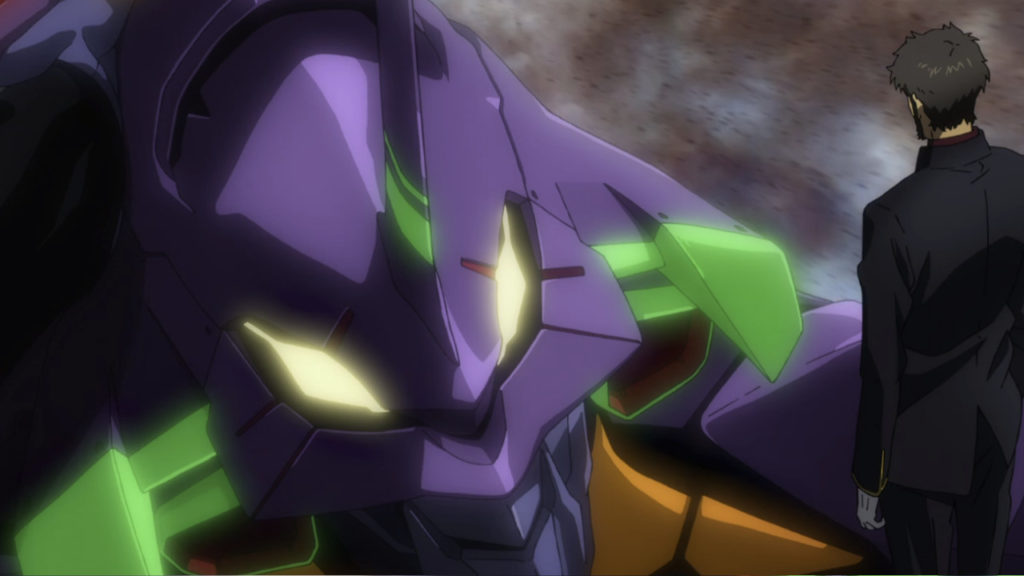
As mentioned above, the “rebuild” series of films retell the story once more, with yet another ending that ties into those that went before it. Evangelion: 1.11 You Are (Not) Alone and Evangelion: 2.22 You Can (Not) Advance mostly retell the events of the TV series. With Evangelion: 3.33 You Can (Not) Redo things get really wild. After Rei and her Unit-00 are consumed by the Tenth Angel in the climax of the second movie, Shinji and Unit-01 go berserk. In this state, Eva and pilot become like Angels and overcome the restrictions placed on the Evas by their creators. As they start to transcend to a god-like power, another “child bound by fate” Kawaru, hits Unit-01 with a spear of Longinus, shutting it down. And then, everyone thought it would be a good idea to put Shinji in a cross in space for the next 14 years.
Evangelion: 3.33 You Can (Not) Redo reintroduces Shinji to a world where the “near 3rd impact” wiped out millions of people. A world where Mistato, Ritsuko, Asuka, and Mari fight what’s left of NERV through the group WILLE. NERV, at this point, seems to consist only of Shinji’s father Gendo, a version of Rei, and Gendo’s assistant/mentor Fuyutsuki, along with an army of mass produced EVAs without pilots. WILLE takes Unit-01 and uses it as the power source for their futuristic ship WUNDER.
Enough Background! Explain the Ending of Evangelion: 3.0+1.01 Thrice Upon a Time!
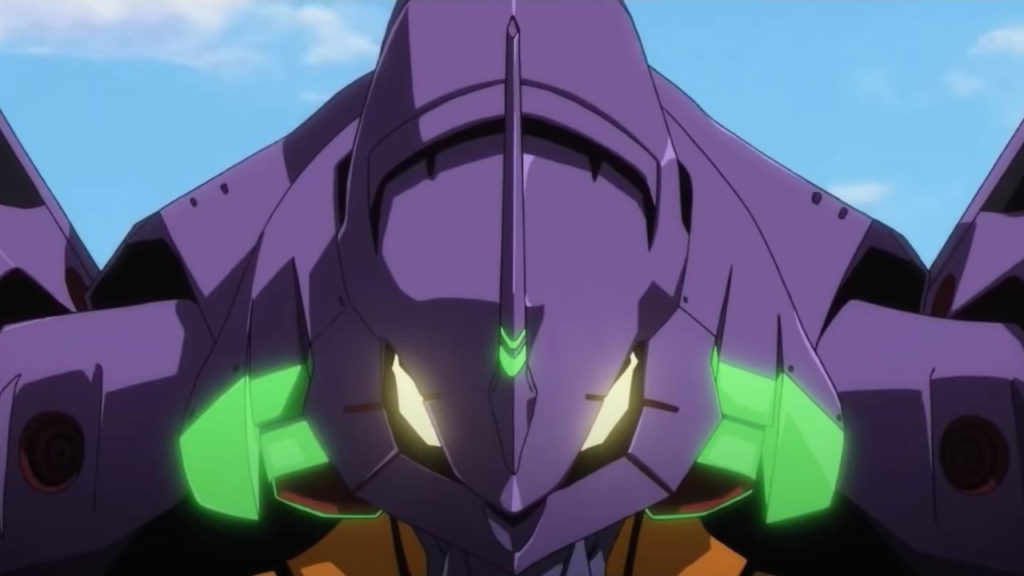
In Evangelion: 3.33 You Can (Not) Redo Shinji was forced (once again) to kill Kawaru, the only person who Shinji thinks actually likes him, and who also happens to be the 13th Angel. Shinji ends back on the WILLE ship WUNDER again (which is powered by his Unit-01, which is made from Lilith, and not Adam, like the other EVAs). Oh, and in case I haven’t mentioned it, Unit-01 also contains the soul of Shinji’s mother Yui.
As with the previous versions of the show, Gendo Ikari once again hijacks the human instrumentality project for his own ends. (It can be hard to discern exactly what those ends are, apart from reuniting with Yui, as Gendo constantly responds to everything that happens as “proceeding according to the Dead Sea Scrolls”.)
While SEELLE had planned instrumentality to unify all human life as one, Gendo hijacks this to… well it’s kind of assumed the end result will be mostly the same for everyone, but in addition to that, he’ll gain godlike power which will allow him to realize his wish to be reunited with his wife Yui. Gendo, who took Yui’s surname when they got married, is the ultimate “wife guy.”
This time around, in Evangelion: 3.0+1.01 Thrice Upon a Time, Gendo uses Nebuchadnezzar’s Key, which hasn’t really cropped up before, to renounce his humanity and become partially godlike. (In previous versions of the show, he used the embryonic form of Adam to similar effect). Gendo somehow synthesizes two new spears from Lilith’s Black Moon, using the WUNDER and her sister ships, the ERLÖSUNG, ERBSÜNDE, and GEBET. “All of this is proceeding as foretold in the Dead Sea Scrolls,” etc. etc. etc.
Opening the Doors of Guf
Using Eva Unit-13 and Shinij’s Unit-01, retrieved from the WUNDER, Gendo uses the two spears as part of a rite which open the “doors of Guf” to the Anti-universe. There, at the Golgotha object, Gendo plans to start human instrumentality and also grant his “wish” to be reunited with Yui.
This should also result in most of humankind being reduced to LCL (think orange Tang) and bound together as one spirit, but leaving the physical forms behind. This time, instead of just reverting to LCL with the AT fields down, as in the End Of Evangelion, it seems that all humans souls not protected by an Anti-L barrier, like Village 13, will be converted into “cores” for Evas, but still somehow this will still lead to humanity merging with “one heart, one mind, no barriers.”
After all he’s seen at NERV, at Village 13 where he met his old classmates Tōji Suzuhara, class rep Hikari Horaki, and Kensuke, and aboard the WUNDER, Shinji shakes off his funk and heads after Gendo via Mari’s Unit-08, and his now synch rate of infinity, he takes over Unit-01 from “a” Rei.
With Unit-01 and Unit-13 in the anti-universe, Shinji first tries to fight Gendo in his memories before Gendo proves to him that fighting is not the key here. Shinji grabs one of the twin spears of Longinus, transforming it to Cassius, the spear of Hope. They fight to a standstill through movie sets resembling the locations from the series.
With only WILLE’s anti-L fields preventing those surviving humans on Earth from becoming “corized,” Shinji and Gendo finally get to have the heart-to-heart talk that everyone’s been waiting for. Thank goodness for Evangelion: 3.0+1.01 Thrice Upon a Time!
Imaginary Spaces
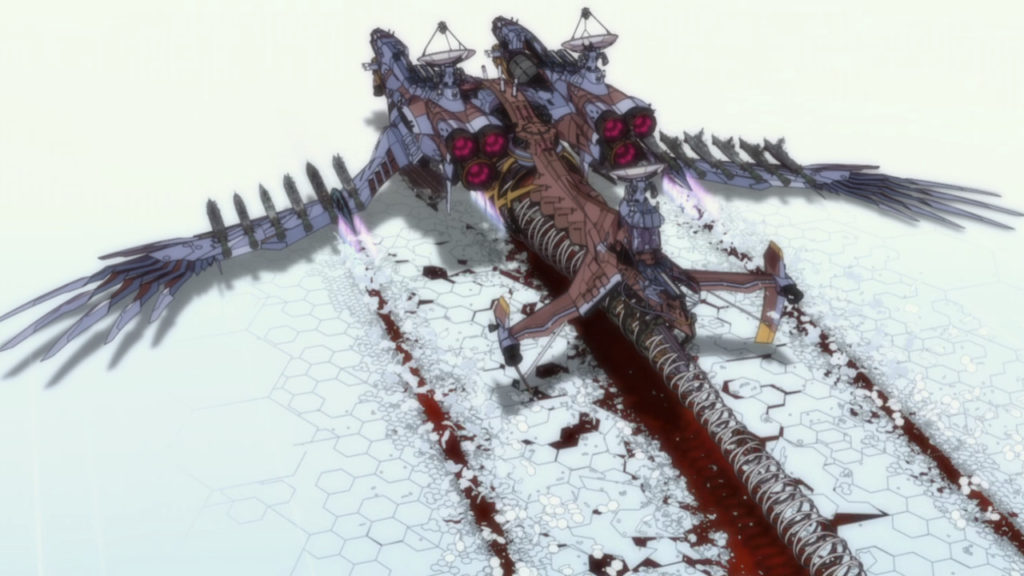
In the imaginary space of the Golgotha point, Gendo merges the two spears and inserts them into the “Evangelion Imaginary,” beginning the process of instrumentality. With no spears remaining, the process cannot be stopped. Or can it?
Despite his god-like status, Gendo still raises an AT field when approached by Shinji, and realizes that he’s afraid of his son. Despite everything, he’s still the scared loner he was when he met Yui.
As Shinji finally gets through to Gendo, and he sees Shinji accept the death of Misato, Gendo realizes that his quest to be reunited with Yui, bringing parts of her soul back in Rei and starting instrumentality, was a fool’s errand. Here, at the end of all things, Gendo finally realizes that Yui lives on Shinji, and he should have spent his time with him.
With Gendo’s resolve shattered, Shinji takes Gendo’s place at the center of instrumentality, after a brief interlude with Kawaru. In the meantime, Misato and Ritsuko use the WUNDER to create a new spear from the structure of the ship itself, Gaius, which Mari delivers to Shinji.
Birth-ny Spears
With the spear Gaius in his possession, Shinji now stands at the heart of instrumentality and can use it to rewrite the world as he sees fit. This time, he won’t embrace instrumentality (as in the TV series), revert the world to the way it was, or roll back parts of instrumentality for those who want it (as in the End of Evangelion). Instead, he uses the spear to create a new world without Evas. As he prepares to sacrifice himself with the spear to achieve his wish, it’s stopped from hitting him by his mother, Yui.
With Shinji out of the Eva, Mari sacrifices what’s left of the Eva series to make the wish happen in one blinding flash as all the souls of humanity are released from a Lilith/Rei lookalike.
Shinji awaits on a beach when Mari and Unit-08 appear. As Unit-08 disappears, Shinji finds himself up on a train platform at the Ube-Shinkawa Station. Anno’s home town in our world. Shinji has crated a world without Evas and Seeds of Life. Where there is no possibility for Evas to arise, or more Impacts to occur. As Rei, Kawaru, Asuka, and the rest of the cast of kids are seen on the opposite platform, Shinji leaves with Mari.
But What Does It (Actually) Mean?
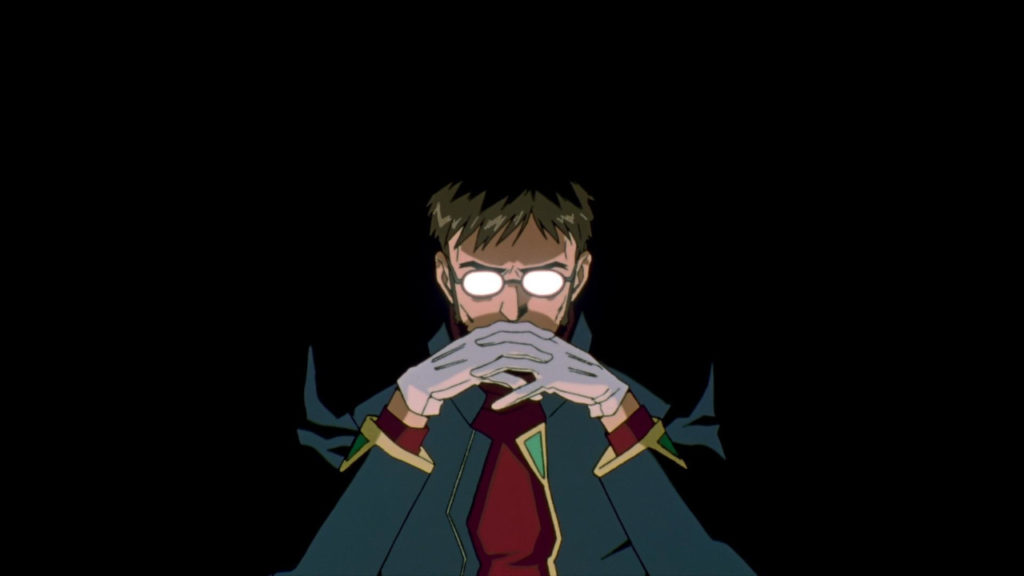
Anno has been clear over the years that Evangelion is really about his depression and how he dealt with it, that it’s about:
A broken man who could do nothing for four years. A man who ran away for four years, one who was simply not dead. Then one thought. “You can’t run away,” came to me, and I restarted this production.
Hideaki Anno
He never provides easy answers however.
“Evangelion is like a puzzle. Any person can see it and give his/her own answer. In other words, we’re offering viewers to think by themselves, so that each person can imagine his/her own world. We will never offer the answers, even in the theatrical version. As for many Evangelion viewers, they may expect us to provide the ‘all-about Eva’ manuals, but there is no such thing. Don’t expect to get answers by someone. Don’t expect to be catered to all the time. We all have to find our own answers.”
Hideaki Anno
To understand the ending of the movie series it’s important to understand the endings that have come before. While the ending to the TV series was met with some frustration, watching it again now, after the End of Evangelion and the rebuild series, it seems to make a lot more sense.
The Hero’s Journey
Eva was always about Shinji’s/Anno’s journey. The instrumentality project, merging all of humanity’s hearts, minds, and souls would appear to be a solution to his depression, but also reveals itself to be a nightmare. By the end of the TV series, Shinji has had terrible things happen to him and those around him. Both when he tried his best to do something good and when he ran away. The only option he saw open to him was to do nothing. Be nobody. Give in to his depression.
Through instrumentality he wishes for a world made up only of himself, but soon realizes his mistake. In a world without others, there is no Shinji/Anno. You can only “visualize your own shape, by observing the shape of others.” “It’s other people that let me be myself.” With the additional realization that through others, “different versions of me might exist,” it would seem that Anno is hinting that when he was depressed, just acknowledging the possibility that this feeling *might* not last forever, opened the doors to hope.
With the End of Evangelion, much of the realization is the same, only the result was different. While Shinji was congratulated by the people in his life end of the TV series, in the End of Evangelion, after a lot more on screen action as SEELE tried to reclaim NERV before instrumentality, and Asuka fights the Eva production units, Shinji chooses to leave the conjoined hearts and minds of humanity and retake physical form. An option that has been left open to everyone in Instrumentality who wants it. However the world they would return to seems very, very bleak.
Hope and Depair
As pointed out in the excellent Neon Genesis Evangelion – Hope & Despair video by Beyond Ghibli, these endings can be seen to represent both those emotions. Anno’s hope that people would understand the ending to the TV series, and his despair that many did not. Considering that video was made before the release of the final movie, it is amazing that it’s titled “Hope & Despair,” the two spears in the climax of the movie.
With Evangelion: 3.0+1.01 Thrice Upon a Time, the previous endings could be seen as the extremes at either ends of a spectrum. The hope of the TV series ending, and the despair of End of Evangelion, are perhaps too extreme positions to aim for.
Reality is somewhere in the middle, helped along by imagination.
Shinji still learns that he needs other people to be himself, but rather than choosing between the opposites of the the brash Asuka or sullen Rei, he ends up with Mari, a character created for the movie series, in a train station, in our world. All we can do is try and hope for the best.
Is This (Really) the End of Evangelion?
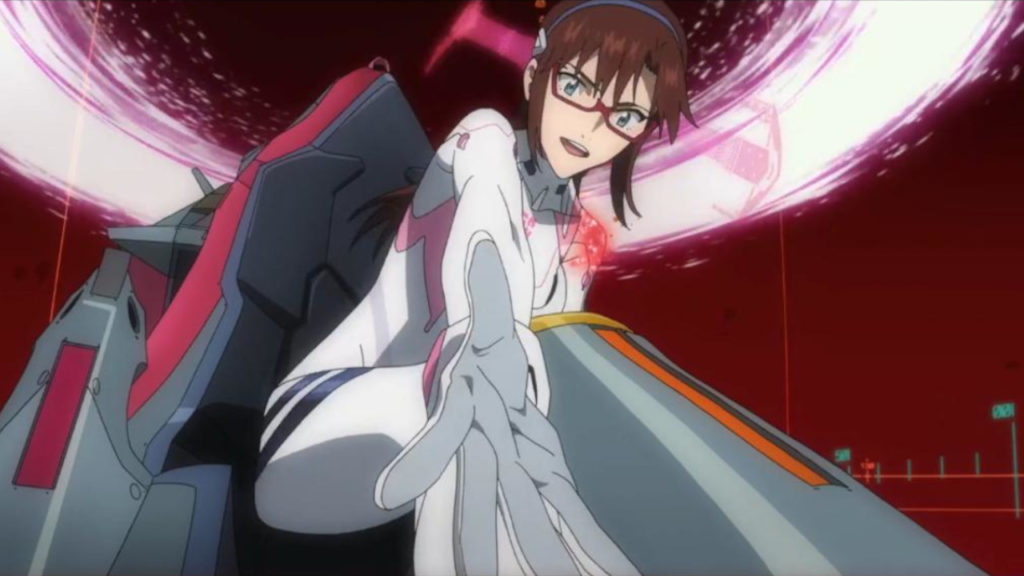
Finally Evangelion: 3.0+1.01 Thrice Upon a Time is Anno’s farewell to the world of Eva. As can be seen in Hideaki Anno: The Final Challenge of Evangelion, the documentary on the making of the 4th film (also available on Amazon Prime Video), Anno considers this his goodbye to the world of Eva. Scenes with Rei and Asuka echo (and show) scenes from the End Of Evangelion. The motion control volume in the movie echoes the one used to capture the movements of the characters for the anime. As Shinji closes up shop, bids farewell to Kawaru, Rei,and Asuka, Anno puts away his toys, one last time. He seems to be at a place where no matter the reception to the film, he’s finished with the series. Leaving everyone hopefully at a better place than they started.
Somewhere between hope and despair.

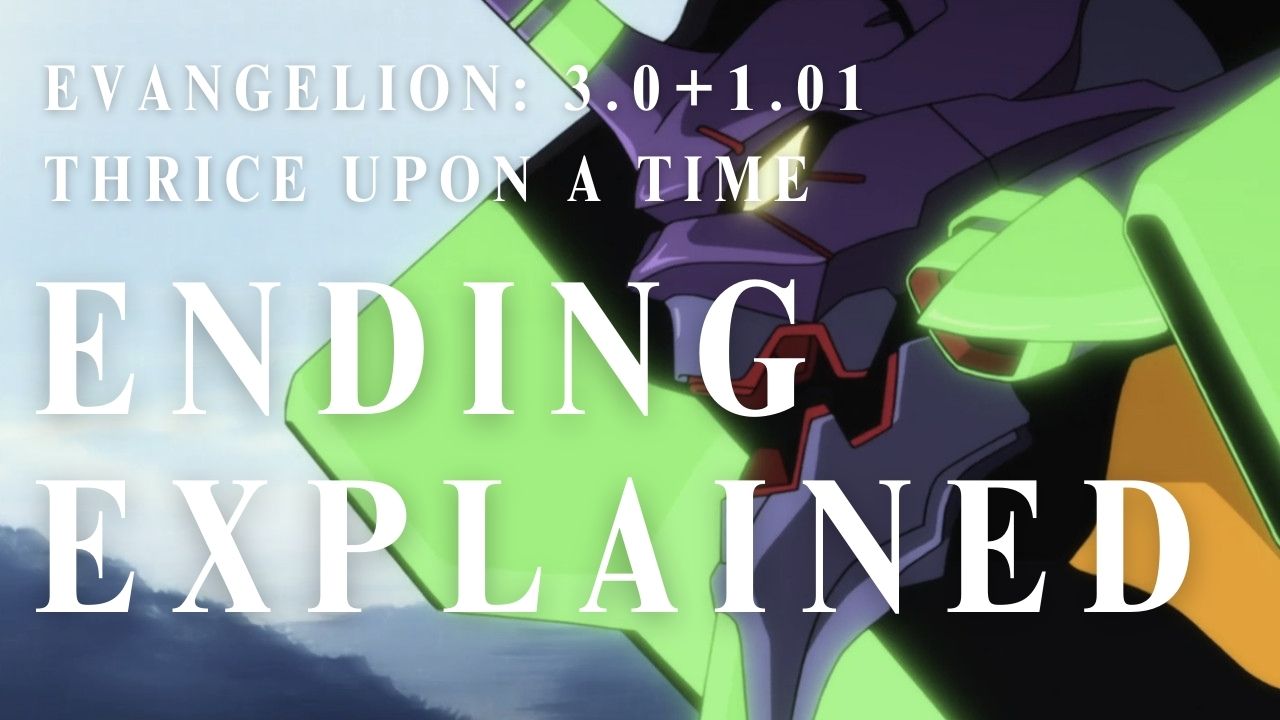
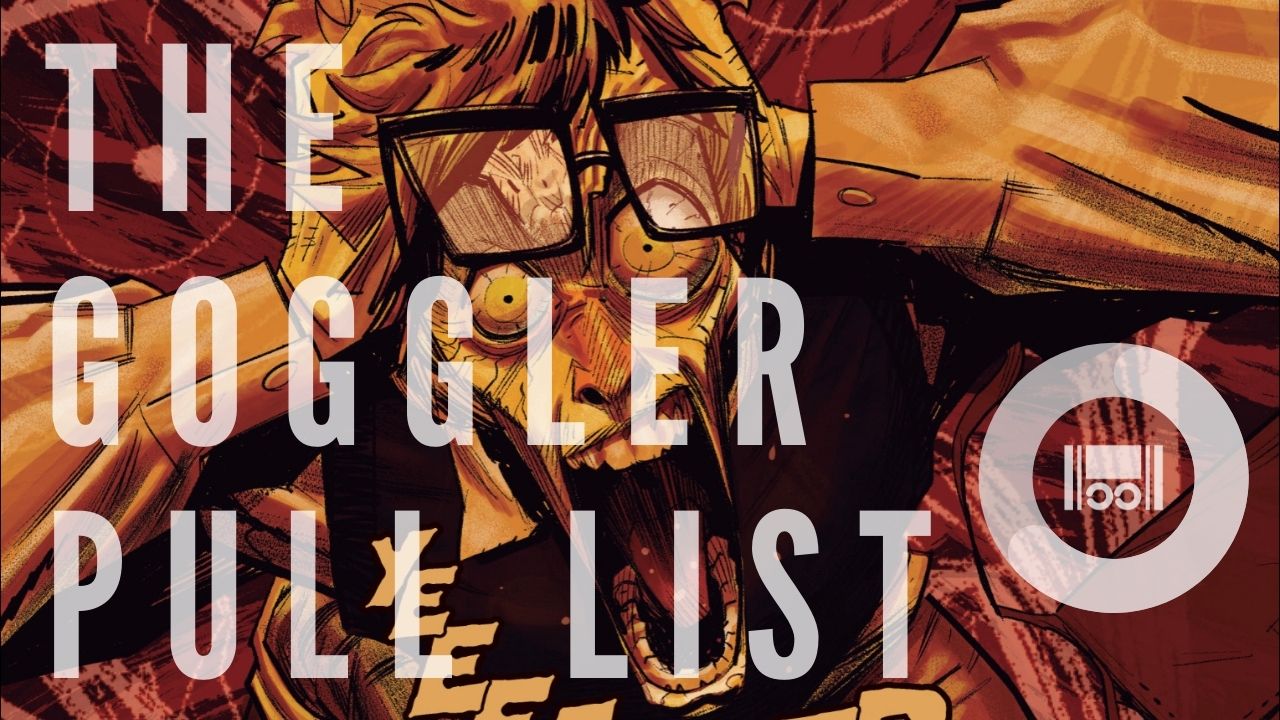
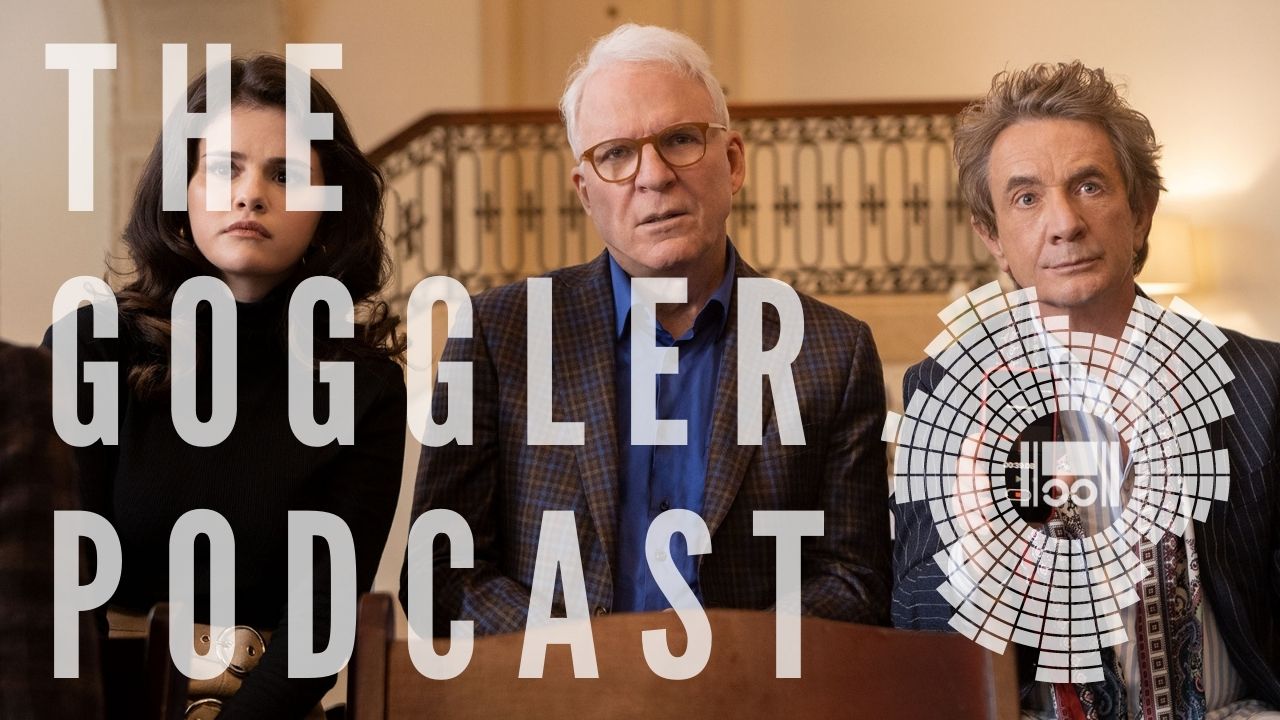

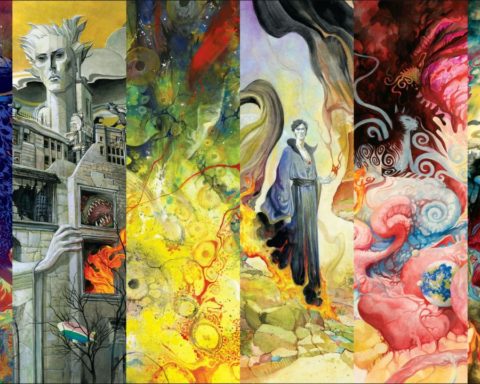
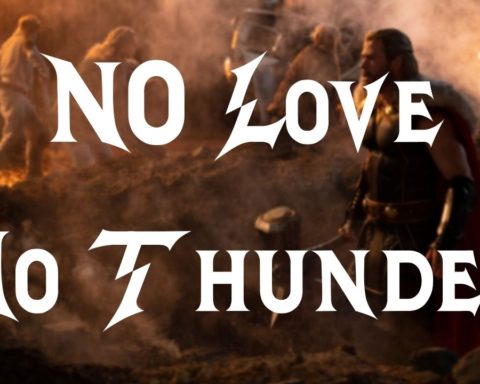
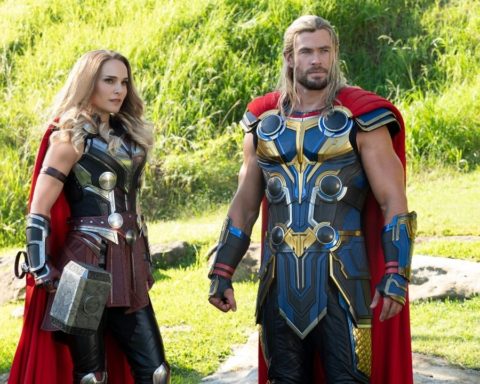

Follow Us